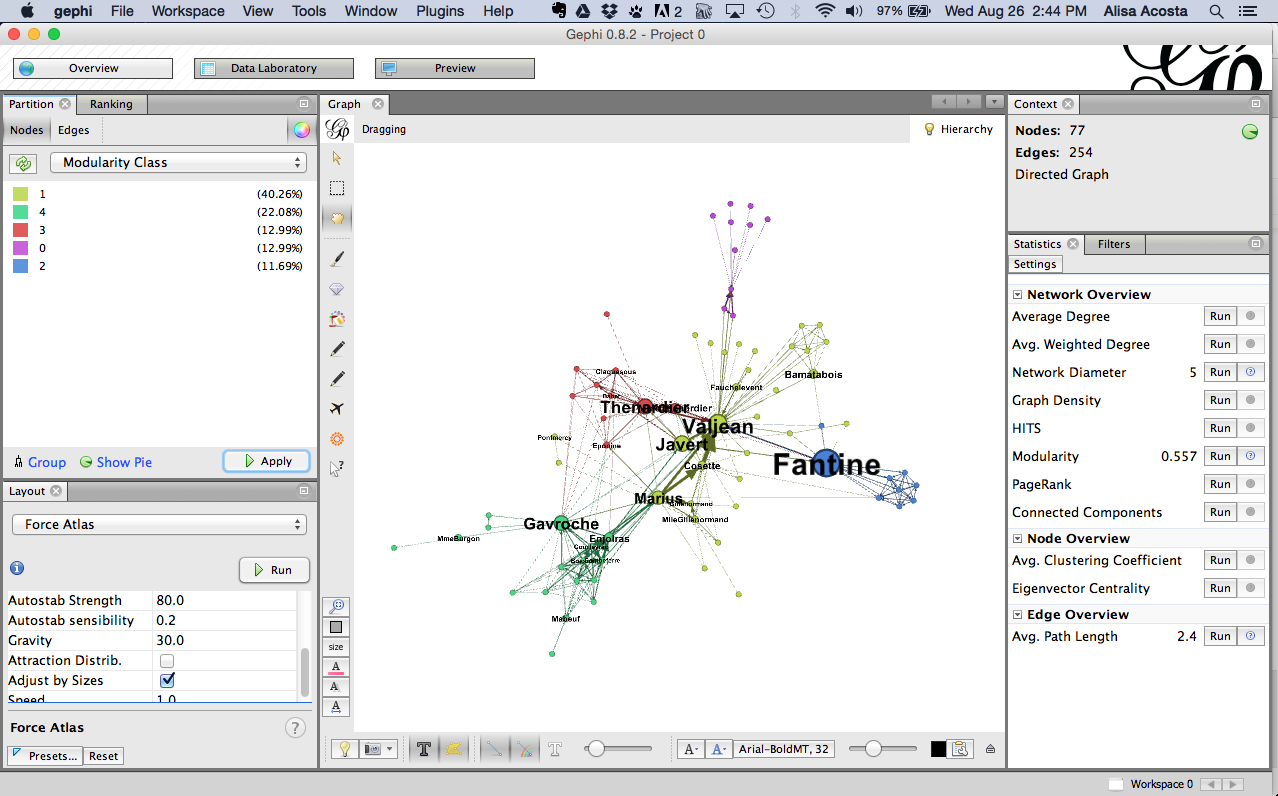5 Learning Analytics Tips

The field of learning analytics has revolutionized the way educational institutions and organizations approach student learning and development. By leveraging data and analytics, educators can gain valuable insights into student behavior, identify areas of improvement, and make data-driven decisions to enhance the learning experience. Here are 5 key learning analytics tips to help you get started:
1. Set Clear Goals and Objectives
Before diving into the world of learning analytics, it’s essential to define what you want to achieve. Establishing clear goals and objectives will help you focus on the most critical aspects of student learning and development. This could include improving student outcomes, reducing dropout rates, or enhancing student engagement. By setting specific, measurable, achievable, relevant, and time-bound (SMART) goals, you’ll be able to track progress and make adjustments as needed.
2. Collect and Integrate Relevant Data
Learning analytics relies heavily on data, so it’s crucial to collect and integrate relevant data from various sources. This could include student information systems, learning management systems, online learning platforms, and other educational technology tools. By combining data from multiple sources, you’ll gain a more comprehensive understanding of student behavior and learning patterns. Ensure that your data collection and integration processes are secure, compliant with regulations, and respectful of student privacy.
3. Apply Predictive Analytics and Machine Learning
Predictive analytics and machine learning can help you identify patterns and trends in student data, enabling you to anticipate and respond to potential issues before they arise. These advanced analytics techniques can help you predict student outcomes, such as likelihood of graduation or risk of dropping out, and provide personalized recommendations for intervention and support. By applying predictive analytics and machine learning to your learning analytics initiatives, you’ll be able to make more informed decisions and drive better student outcomes.
4. Visualize and Communicate Insights Effectively
Learning analytics generates a vast amount of data, which can be overwhelming to interpret and communicate. Effective visualization and communication of insights are critical to ensuring that stakeholders, including educators, administrators, and students, understand the implications of the data and can take action. Use intuitive and interactive dashboards, reports, and visualizations to present complex data in a clear and concise manner. This will facilitate collaboration, drive decision-making, and promote a culture of data-driven improvement.
5. Foster a Culture of Continuous Improvement
Learning analytics is not a one-time initiative, but an ongoing process of continuous improvement. Encourage a culture of experimentation, innovation, and evidence-based decision-making within your organization. Regularly review and refine your learning analytics strategies, incorporating new data sources, tools, and techniques as they become available. By embracing a culture of continuous improvement, you’ll be able to stay ahead of the curve, address emerging challenges, and drive sustained improvement in student learning and development.
It's essential to recognize that learning analytics is not a replacement for human judgment and expertise. Rather, it should be seen as a tool to enhance and support educational decision-making. By combining data-driven insights with pedagogical expertise and contextual understanding, educators can create a more personalized, effective, and engaging learning experience for all students.
In conclusion, learning analytics has the potential to revolutionize the way we approach student learning and development. By setting clear goals, collecting and integrating relevant data, applying predictive analytics and machine learning, visualizing and communicating insights effectively, and fostering a culture of continuous improvement, you’ll be well on your way to harnessing the power of learning analytics to drive better student outcomes.
What are the key benefits of learning analytics in education?
+The key benefits of learning analytics in education include improved student outcomes, enhanced student engagement, and more effective educational decision-making. By leveraging data and analytics, educators can identify areas of improvement, personalize the learning experience, and drive sustained improvement in student learning and development.
How can I ensure the security and privacy of student data in learning analytics initiatives?
+Ensuring the security and privacy of student data is critical in learning analytics initiatives. This can be achieved by implementing robust data governance policies, using secure data storage and transmission protocols, and complying with relevant regulations and standards, such as FERPA and GDPR. It’s also essential to communicate transparently with students and stakeholders about data collection, use, and protection practices.
What role can machine learning play in learning analytics, and how can I get started with implementing machine learning algorithms?
+Machine learning can play a significant role in learning analytics by enabling the analysis of large datasets, identifying patterns and trends, and making predictions about student behavior and outcomes. To get started with implementing machine learning algorithms, it’s essential to develop a solid understanding of the underlying concepts and techniques, such as supervised and unsupervised learning, neural networks, and deep learning. You can also explore machine learning libraries and frameworks, such as scikit-learn, TensorFlow, and PyTorch, and collaborate with data scientists and machine learning experts to develop and deploy effective models.


